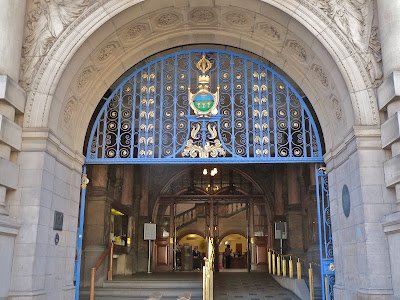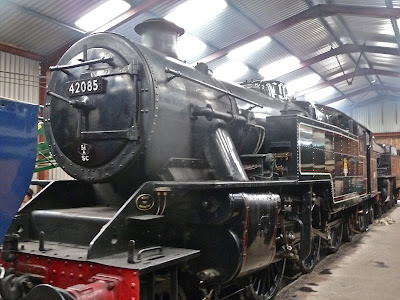 |
| A captive audience of Topdog Millionaires |
Drumming nirvana - all night long
|
Why wasn't Industrial Disease on the playlist?
|
So that's where all the NHS beds have gone
|
Queen drops in
|
The first day of the Olympics resulted in no medals and shattered the expectations of an overly nationalistic media that we were going to collect medals by the drumful. UK Sport is aiming for 48 medals and 19 golds and has said that less than 40 would be a failure. Yesterday's paper predicted how we could win 84 and 25 respectively. I doubt that we will win this many and even 19 golds would be a real success.
We should know from all those disappointing world cups for Scotland and England that we are nowhere near as good as the media hacks and sports administrators would have us believe in most sports. We win our medals at minority sports such as sailing, rowing, cycling which require facilities and equipment beyond the reach of all but the wealthiest nations. Eric the eel was a totem for undertrained athletes from developing countries who lack facilities or sports science and coaching. Britain used to be the same and as recently as the 1980's we had Eddie the eagle as our plucky British loser. There is nothing wrong with this; sport is more than anything about being inclusive, every elite athlete has to start at the local level and it is the opportunity to try that matters.
Far more disturbing for the success of the games were the empty seats for many events including swimming, basketball and beach volleyball. For Jeremy Hunt of all people to complain that it is the fault of the sponsors is hypocritical as well as invidious. But this government is imperious and has no shame when it comes to dumping on others when it will shift the blame from the government and Locog. If 5% 0f the seats went to the 'Olympic family' and 8% to the sponsors, why were more than 50% of the seats empty?
I think Locog and the usually accomplished Lord Coe are being economical with the ticket fiasco. Could it be that they are the ones that tried (and failed) to tout tickets at £1000 plus? Even the bankers would struggle these days to buy at those prices. The Olympic Games are certainly helping pump up the public distaste for rampant corporatism and greed. Which, if any, of the following products or services, have gone up in your esteem over recent weeks: McDonald's, Visa, G4S, Coca-Cola, Atos, Samsung, Panasonic and Dow?
Like millions of others, I have tried to get tickets without any success, and it is galling that the freeloaders who have been gifted tickets by the international sporting federations and sponsors fail to turn up for early rounds or morning sessions. It would make a lot of sense if all empty seats at the start of sessions were sold at a realistic price (say £20) to the real fans who are prepared to queue and who create the atmosphere at the games. The massive crowds and support for the cycling event have epitomised the type of enthusiasm that real fans can bring to the games.
The games will not be a failure if we win fewer medals provided that we nurture friendships and help unify all nations through celebrating sporting excellence and participation in sport. This applies not just to the athletes but all those watching who see the world competing, celebrating and laughing in unison.
The biggest problem is as always the arrival of the fat cats. Zil lanes, zealous sponsors, £1000+ tickets are all symbolic of the type of games that Danny Boyle's opening reviled. I only hope that Locog gets the message and salvages the real spirit of the Olympics from the corporate domination and influence that is the biggest threat to its success. I would bring back Siobhan Sharpe from Twenty Twelve to defuse the chaos of ticketing. Perhaps they have, who else could have persuaded Bradley Wiggins to ring a big bell just 10 hours before he had to cycle 155miles in 'that road race thing'.
 |
| Siobhan Sharpe and Ian Fletcher - let them sort it out |
























































